While presenting our insurer’s business report, we were surprised to learn that project management represented a high cause of loss. According to a Standish Group study, 1 conducted between 2011 and 2015, more than 71% of the projects did not succeed as expected. In parallel, after two attempts with providers selected by tender, a mail order company we had not been able to seduce recently approached us. The concomitance of these two elements led us to some reflections concerning the calls for tender for the implementation of software solutions.
However, it is true that at J2S, we are not very comfortable answering invitations to tender. We find it difficult to highlight what we consider to be noticeable. In fact, with time, it is often people from outside J2S who have been able to identify and promote J2S’ expertise. Two outstanding examples:
- Automatically generating a document to present a series of collections in a graphic way seems so obvious to us, why shouldn’t it be the same for everyone? Fortunately, we met Daté Tétégan 2 who detected the potential of Simple Workspace and convinced his customers of the interest in such a solution!
- We can also quote this IT director who, despite a presentation where we were challenged by people from the business committed to competitors, was able to recognize that Simple Workspace was the right solution to organize the production of his catalogs by fitting both his structure and the diversity of the information systems in use.
We put a lot of energy into studying requests, understanding needs, and formulating a response that is in line with what we know and can do. We also know that details can be tricky, and what may seem like a detail can have far-reaching consequences in a project.
Those who know J2S are aware that we are a team that is committed to what we offer. Yet, in our commercial proposals, our strong bond with technology often leads us to be (excessively?) cautious. Our solution is certainly “ready to use” but it is also highly customizable to adapt to the specific needs of our customers. Like any contractor who has to deliver a project, we are more likely to ask questions to identify what is at stake in terms of functionality, or even to identify any risky aspects, especially when the business teams involved in the decision are having a hard time projecting themselves into a new solution, not to mention a natural opposition to change.
How can we combine a reassuring commercial approach with a real commitment?
We believe that invitations to tenders must be limited to the selection of a few solutions. In order to make the final choice, the realization of a Proof of Concept 3 seems like the most reassuring approach for the project. As a real toolbox, the functional richness of Simple Workspace allows us to quickly validate the realization of the project’s key points without committing to the project and the costs that go with it. This also has the advantage of allowing the teams to project themselves into the next phase of the project by learning to work together; trust is an essential element for the success of a project that is built over time.
This is why we always try to structure our response based on functional batches that are quite autonomous and based on a thematic grid that we have developed throughout our projects. We have even named this methodology, which is above all pragmatic: P.P.A.S 4. The purpose of this methodology is to reduce the delaying effects as much as possible in order to obtain usable documents in the most efficient way possible.
We are in a continuous improvement process and we refuse to renounce who we are. When the dream must become reality, we seek to co-build a common future with our customers. The advantage is that our customers can be assured that the project will be completed.
Feel free to ask us to help you find solutions for your projects!

R. Loubéjac
Cofounder of J2S
A study published by “ Réussir ses projets “(Succeed in your projects) ↩︎
Daté Tétégan is a consultant trainer expert in the fashion industry cf. clic2mode.com. ↩︎
P.P.A.S. : Progressive, Pragmatic, Agile and Social approach ↩︎











